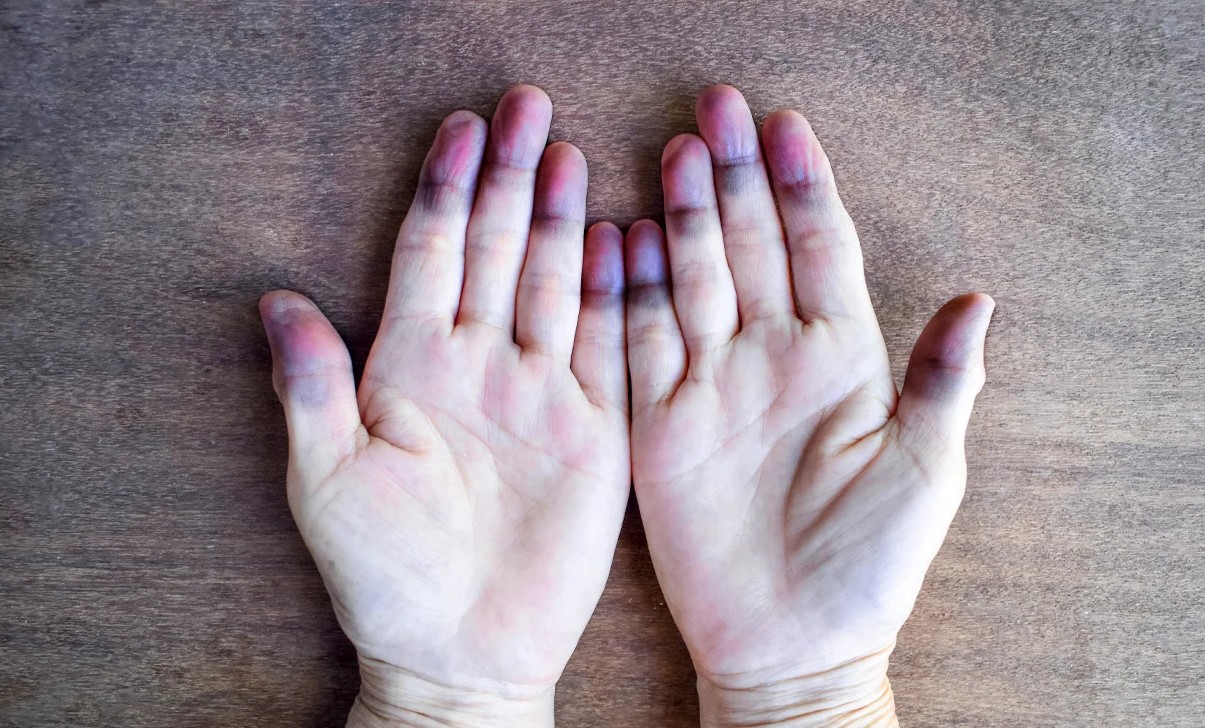
Cyanotic heart disease is a serious condition affecting the heart's ability to pump oxygen-rich blood throughout the body. But what exactly is cyanotic heart disease? In simple terms, it refers to a group of congenital heart defects that result in low oxygen levels in the blood, causing a bluish tint to the skin, lips, and nails. This condition can be life-threatening if not treated properly. Understanding the facts about cyanotic heart disease can help in recognizing symptoms early, seeking timely medical intervention, and improving the quality of life for those affected. Let's dive into 29 essential facts about this condition to better grasp its impact and management.
What is Cyanotic?
Cyanotic refers to a medical condition where the skin, lips, or nails turn a bluish color due to a lack of oxygen in the blood. This condition can be alarming and often indicates an underlying health issue. Let's dive into some fascinating facts about cyanotic.
-
Cyanosis is the medical term for the bluish discoloration of the skin and mucous membranes due to low oxygen levels in the blood.
-
Peripheral cyanosis affects the extremities like fingers and toes, often caused by poor circulation or cold temperatures.
-
Central cyanosis is more serious, affecting the core of the body, lips, and tongue, usually indicating a problem with the heart or lungs.
-
Newborns can sometimes exhibit cyanosis, especially if they are born with congenital heart defects.
-
Raynaud's phenomenon is a condition where peripheral cyanosis occurs due to spasms in the blood vessels, often triggered by cold or stress.
-
Hypoxemia is a condition where there is a low level of oxygen in the blood, often leading to cyanosis.
-
Chronic obstructive pulmonary disease (COPD) is a common cause of cyanosis in adults due to long-term breathing problems.
-
Altitude sickness can cause cyanosis because of the lower oxygen levels at high elevations.
-
Heart failure can lead to cyanosis as the heart struggles to pump oxygenated blood effectively.
-
Pulmonary embolism, a blockage in one of the pulmonary arteries in the lungs, can cause sudden cyanosis.
Causes of Cyanotic Conditions
Understanding the causes behind cyanotic conditions can help in early detection and treatment. Here are some common causes:
-
Congenital heart defects are structural problems with the heart present at birth that can lead to cyanosis.
-
Pneumonia can cause cyanosis due to inflammation and fluid in the lungs, reducing oxygen exchange.
-
Asthma attacks can lead to cyanosis when airways become severely constricted.
-
Choking or any obstruction in the airway can cause immediate cyanosis due to lack of oxygen.
-
Carbon monoxide poisoning can lead to cyanosis as it prevents oxygen from binding to hemoglobin in the blood.
-
Methemoglobinemia is a condition where hemoglobin is altered, reducing its ability to carry oxygen, leading to cyanosis.
-
Sickle cell anemia can cause cyanosis due to the abnormal shape of red blood cells, which can block blood flow and reduce oxygen delivery.
-
Severe anemia can lead to cyanosis because there are not enough red blood cells to carry adequate oxygen.
-
Shock from severe blood loss or infection can cause cyanosis as blood flow and oxygen delivery are compromised.
-
Drug overdose, particularly with opioids, can depress breathing and lead to cyanosis.
Symptoms and Diagnosis
Recognizing the symptoms and understanding how cyanotic conditions are diagnosed can be crucial for timely medical intervention.
-
Bluish skin is the most obvious symptom, often seen on the lips, fingers, and toes.
-
Shortness of breath often accompanies cyanosis, indicating a lack of oxygen.
-
Rapid breathing can be a body's response to try to increase oxygen intake.
-
Chest pain might occur if cyanosis is related to heart problems.
-
Fatigue and weakness are common as the body struggles with low oxygen levels.
-
Clubbing of fingers and toes, where they become rounded and bulbous, can be a sign of long-term cyanosis.
-
Pulse oximetry is a non-invasive test that measures the oxygen saturation of the blood, often used to diagnose cyanosis.
-
Arterial blood gas (ABG) test measures the levels of oxygen and carbon dioxide in the blood, providing a more detailed analysis.
-
Chest X-rays and echocardiograms can help identify underlying causes like heart or lung conditions leading to cyanosis.
Final Thoughts on Cyanotic Heart Disease
Cyanotic heart disease is a serious condition that affects many people worldwide. Understanding its symptoms, causes, and treatments can make a big difference in managing the disease. Early diagnosis and proper medical care are crucial for improving the quality of life for those affected. Advances in medical technology and treatments offer hope and better outcomes for patients. Staying informed and working closely with healthcare providers can help manage the condition effectively. Remember, knowledge is power when it comes to health. By staying educated and proactive, individuals and families can navigate the challenges of cyanotic heart disease with greater confidence. Whether you're a patient, caregiver, or just curious, knowing these facts can be a game-changer. Keep learning, stay vigilant, and support those dealing with this condition.
Was this page helpful?
Our commitment to delivering trustworthy and engaging content is at the heart of what we do. Each fact on our site is contributed by real users like you, bringing a wealth of diverse insights and information. To ensure the highest standards of accuracy and reliability, our dedicated editors meticulously review each submission. This process guarantees that the facts we share are not only fascinating but also credible. Trust in our commitment to quality and authenticity as you explore and learn with us.
